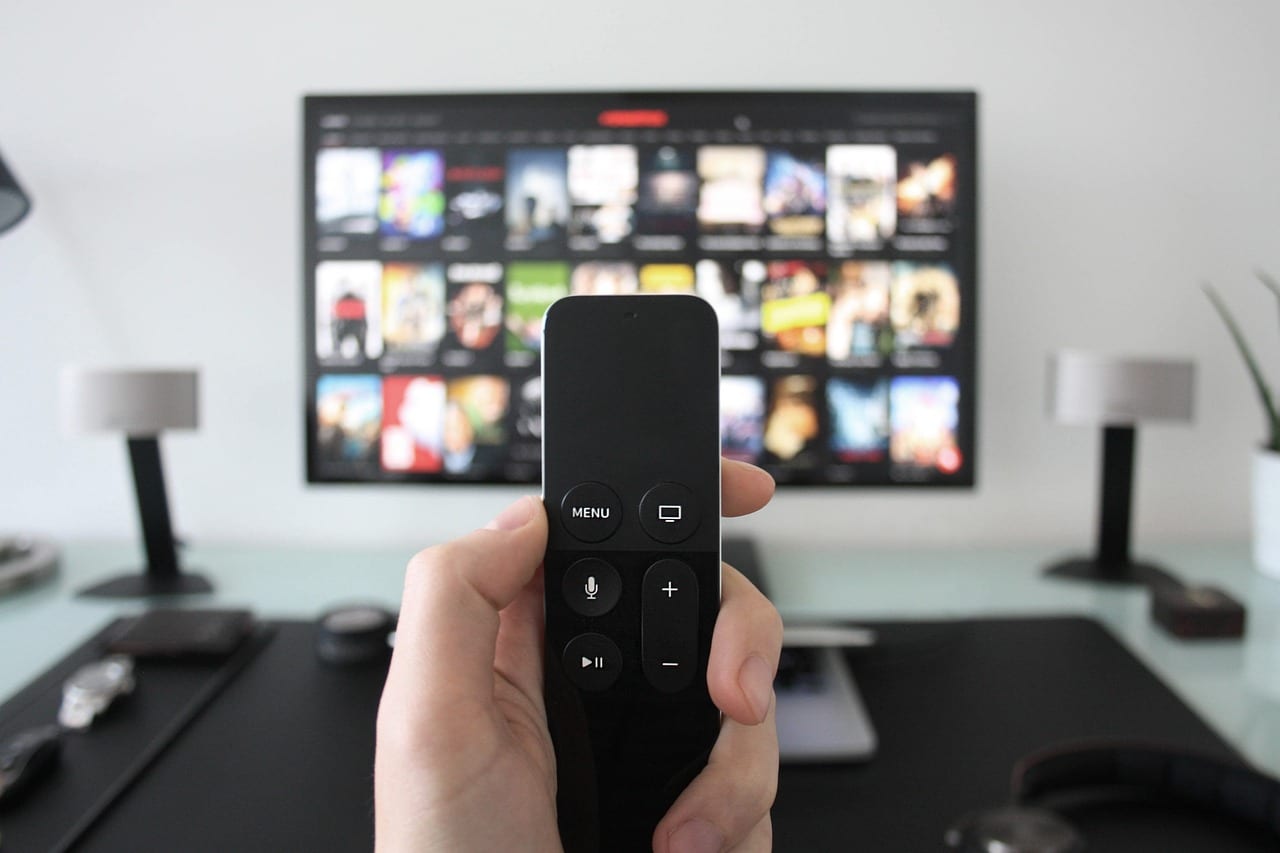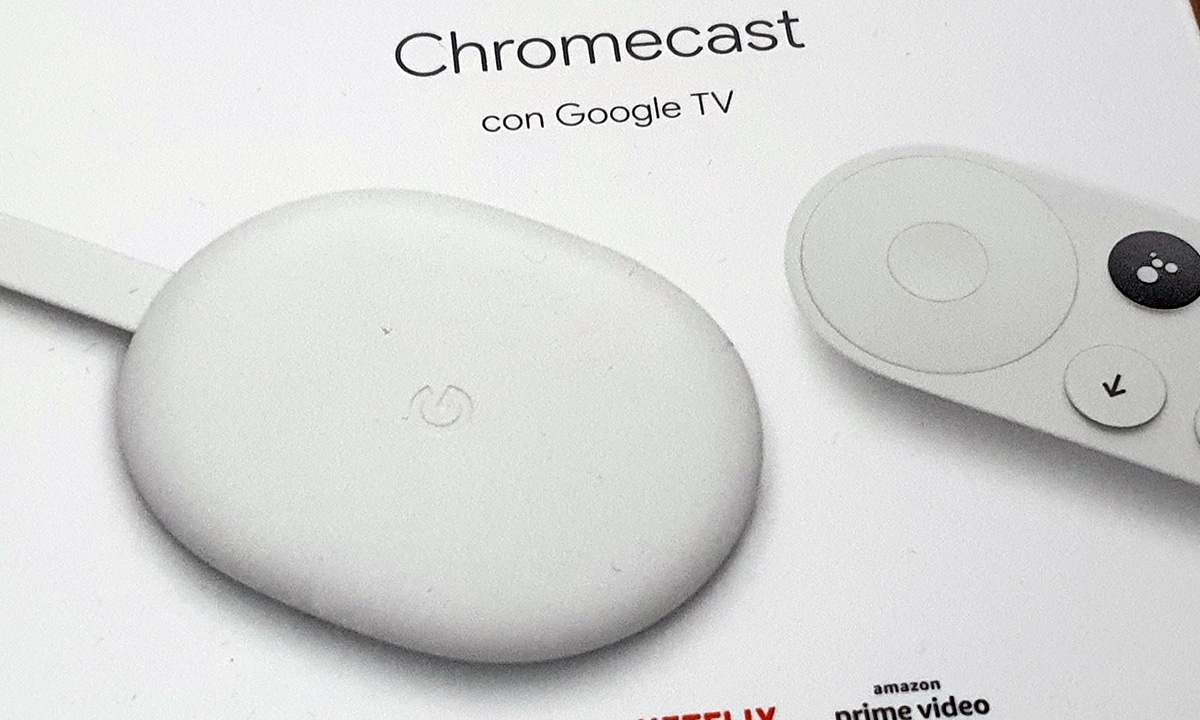
New generation televisions (including those that are not Smart TVs) already bring with them new interesting features thanks to their ports and software. If you know how to connect mobile to tv, you can take advantage of several advantages that some modern televisions give you to improve your entertainment.
In this article we will address various methods to connect the mobile to the TV, both Smart TV and a normal one, as well as the advantages of doing this in one way or another. Keep in mind that you may need certain cables or hardware to complete this tutorial, so take a good look at which method works best for you and which one is compatible with your phone, so you don't have to go to the store twice.

How to connect the mobile to the television
If you have a Smart TV and a good Internet connection, you may be interested in the last two ways to connect your mobile to the TV, because they are wireless and may not require an extra investment on your part. If you're not looking for that then you need external hardware or one of the cables I discussed in the first two methods. You choose below:
MHL adapter: Micro USB to HDMI

This method is very efficient, there is practically no lag between the actions we perform from the phone and the TV screen. You have to make sure your device supports MHL, in the system settings or details of it.
If you decided to use this adapter, keep in mind that the problem may be the length of the HDMI cable you connect. You need one that is long enough to sit close to or maintain a minimum distance from the TV.
In general, these adapters are easily found on Ebay, Amazon or Mercado Libre (for Latin America) and their price is affordable, in addition to the fact that they can become compatible with both a micro USB connection and another USB-C, which is being used more .
USB-C to HDMI cable

Just as there can be a adapter that connects from micro USB or USB-C to the phoneUSB-C cables are also sold that directly have an HDMI output to connect to the TV. Here the problem remains that the distance offered by the cable is generally very limited, but you can find a way to extend it.
In terms of ease of use, it is still practically the same as the first option of connecting the phone to a port that later connects to the TV via HDMI. This is still a cheap method that offers good performance, as there is not as much delay in the image as there might be with a wireless connection.
USB connection to ordinary micro USB
Depending on what you want to show on TV, this method may or may not work. There are some televisions that allow you to connect via USB (in one of these ports that are generally located on the sides of the television) a flash drive or directly the phone. If you plug it in there, it will ask you to choose whether you want to play videos, movies or, on some models: documents. What you choose has to be previously downloaded.
Connect the mobile to the television via WiFi
DLNA technology
You can send videos or images from your gallery to a Smart TV (if your phone has an updated gallery to receive the signal from these TVs). The technology they use in this case is called DLNA (Digital Living Network Alliance). It's basically like sending a video from YouTube or Netflix, by tapping on a WiFi TV icon at the top of the app that we're using to view content on the phone. It is important that the TV is connected to the same wireless network as the mobile.
Miracast Technology
If what you want is to share the phone screen wirelessly, you should know that this technology is called "Miracast" and requires an Android device higher than version 4.2. There may still be a possibility that your phone is not compatible. You can do the test by trying to lower the Android notification bar to find the option it offers "Screen Sharing" (that's what it's usually called). If you don't have it enabled, then we can also download an application from the Play Store that allows a connection with Smart TV. Some TV manufacturers also distribute their own apps to ensure compatibility.
In case you don't have any, you can download a very popular one called: “Screen Duplicator”, there are some phones that do not support screen sharing technology. If this is the case, then the application that we download for that will indicate that a connection is not possible. It is also possible that the TV is not compatible, but generally all Smart TV models can see a mirror of the mobile screen.
In any case, what can always be done between a phone and a Smart TV is to play images or videos using DLNA. If you prefer to purchase a device that supports Miracast, you can search the website for that technology to get a clearer picture. Remember that the TV must also support Miracast so that it can connect with the phone.
Send content from YouTube to a Smart TV
To do this you just have to be on the same wireless network as the TV and do the following:
- Open the YouTube app (check that it is up to date).
- Choose a video you want to play.
- At the top right of the video player, tap the icon that appears with a screen and the Wi-Fi symbol on it.
- Choose the model of your Smart TV, if you have devices like Fire TV, Roku or Chromecast, they will also appear in the list, you can also send them to play the same video.
- After that the video will start to load on the TV, you can use the YouTube app on the phone to manage a “video queue” or turn the volume down and up.
As an additional note you can also connect the mobile to the television through a Chromecast device. In case the above didn't work for you.

